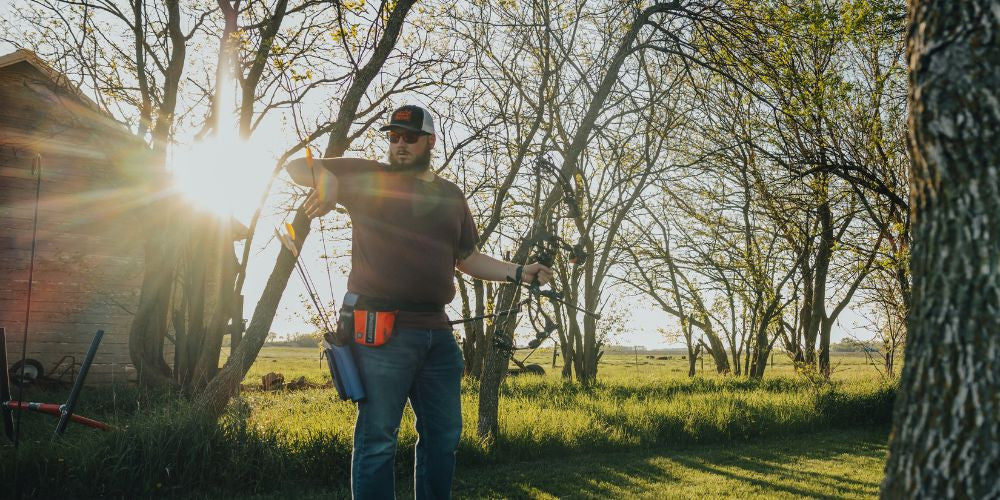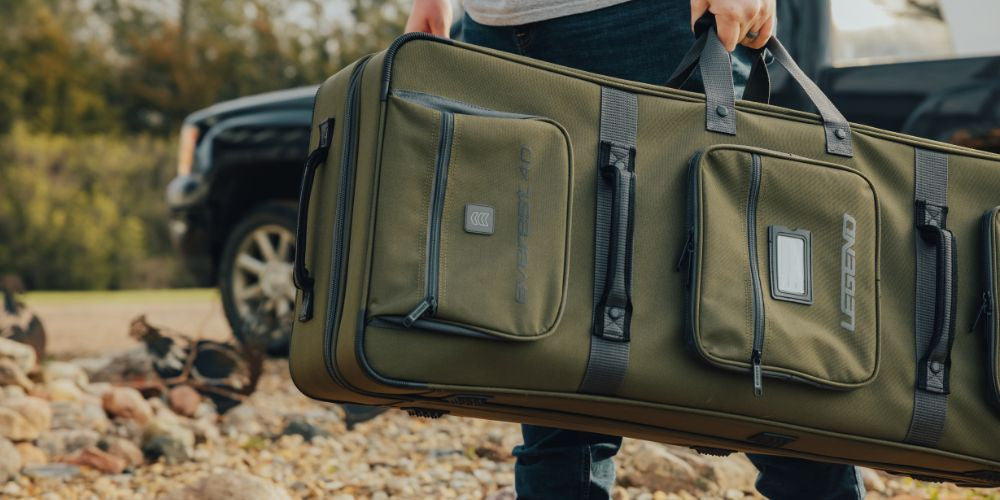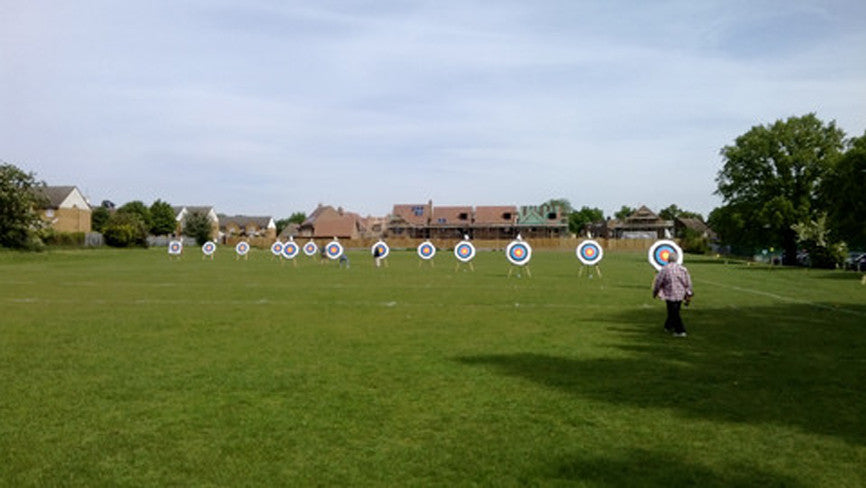
When I learned about archery competitions I was quite surprised by the number of games there were that you could play. All I knew of archery competitions was the Olympic archery games and that was a very big target for me to aim for. Although I was also keen to know of other archery games out there as well. From what I’ve seen there are more types of archery competitions across the world than there are card games. Each of them using their own individually recognised shooting ground, shooting distance, number of arrows per end, number of arrows per round, size of target face, age group, measurement system and type of bow and equipment used. Each of these competitions are identified by a name. The Olympic round uses recurve bows where the archers shoot at a distance of 70 metres on a 122 cm target face. Those who can make it through to the medal round shoot a total of 72 arrows, with 18 per round (elimination and final), at the rate of 3 arrows per end. At the 2012 Olympics in London the ends were referred to as sets where an archer with the highest score in that set was awarded two set points, if it was drawn each archer received one set point. If one archer received six set points then that archer would win that round.
As you go up to that shooting line you wonder how far you can go to hit the gold ring. When I was a beginner I started shooting at short distances indoors, which as you can probably tell has a limit to the shooting distances you can do according to the length of the building and it’s rooms. The maximum distance that I could get out of the range was 20 metres (21.9 yards). Well I wanted to shoot further so that I could see how far I could go and it was very tempting to go one better. When I took to my first competition six months later I shot in a Junior Windsor round, which had an imperial scoring and range measurement system using a 122 cm target face. It was a target that alternated between three dozen arrows at 40 yards, then another three dozen at 30 yards and finally another three dozen at 20 yards. That’s nine dozen arrows in total where you can get a maximum score of 972. Even at 40 yards (36.6 metres) this was still way below the distance that you would be expected to shoot in an Olympic round. The only way was up so I got to work on improving my technique.
To start with the best way to get into tournaments is to start off small with a local club match. To begin with you need to think about the bow you use and how far your arrows can go. A bow with a light poundage of around 20 – 24 pounds will only manage a distance of up to 40 – 50 metres. In my experience my first bow could only handle a small and medium sized range. I had to inverse my sight in order to shoot further than that. To get the hang of learning to hone your craft in archery competitions I would suggest you start with a small imperial or metric competition like a Windsor round, a Portsmouth round or a Western round. These are relatively easy to handle for a beginner and I learned a lot about competition formats and how to handle my technique and look for where I could improve things. Later when I changed clubs I trained up my physique until I could handle a heavier bow so that I can shoot further and therefore take part in more demanding competitions that were on a par with the Olympic round.

To develop your craft and get accurate it’s ideal if you work alongside a coach. Ask your club for help and assistance in developing your craft. A coach can teach you some exercise routines to improve your shooting skills. They will also recommend that you train away from the shooting field too. It’s a good idea if you join a gym and ask a personal trainer to work on your chest, arms, back and shoulders. These parts of the body are used extensively for shooting a bow and a set exercise routine will help you get you shooting to the standards of an Olympian. While you’re still trying to get further it is vital that you keep up with getting accurate with your bow. Keep a journal of your activities detailing your poundage, bow sight settings and distance from the target range. If you find that your draw weight feels lighter in your hands then you know that you are making progress. From then on it may be possible for you to achieve the goal of getting to the Olympics yourself.
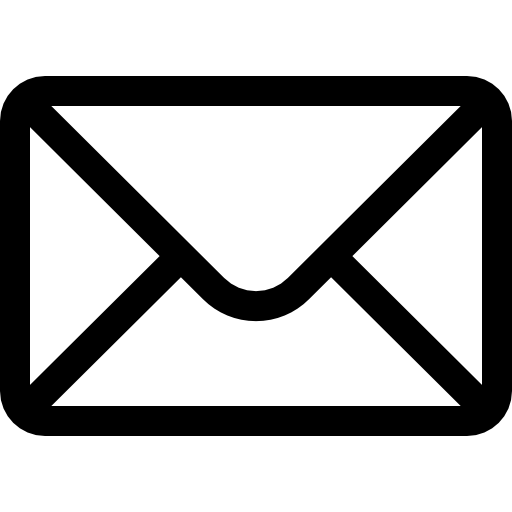 cust@legendarchery.com
cust@legendarchery.com 302 503 5767
302 503 5767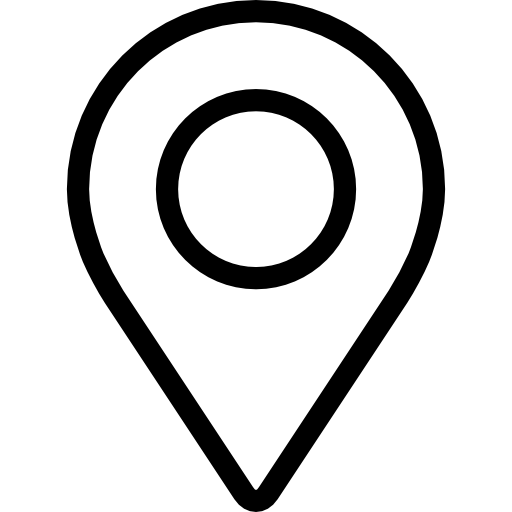 Whitestown, In 47075
Whitestown, In 47075
